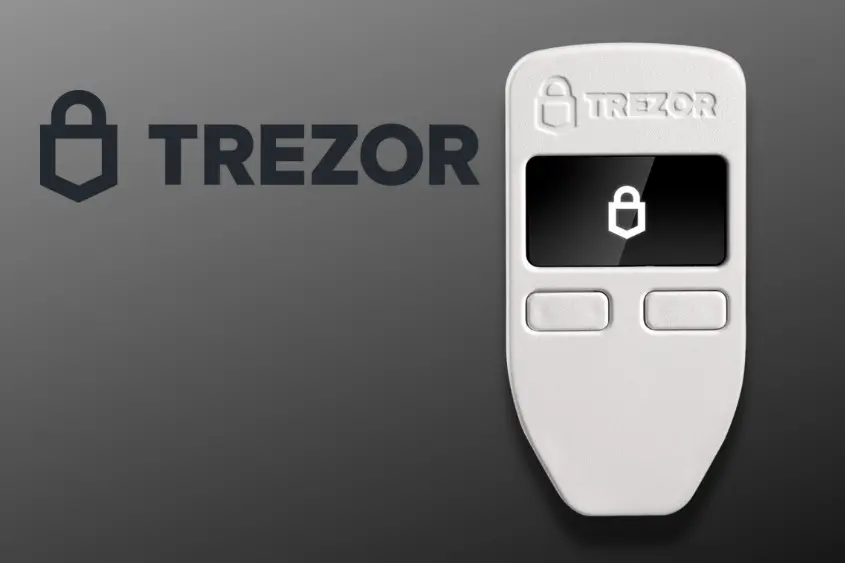Trezor.io/start – The Complete Beginner’s Guide to Setting Up Your Trezor Wallet
Welcome to your ultimate, user-friendly guide to Trezor.io/start — the official setup portal for getting started with Trezor hardware wallets. Whether you're unboxing a brand-new Trezor Model One or Trezor Model T, this article will walk you through everything: setup, safety, recovery seeds, crypto deposits, and best security practices.
What Is Trezor.io/start?
Trezor.io/start is the official onboarding portal created by SatoshiLabs, the company behind the Trezor hardware wallet. It’s the first destination every user must visit when setting up their wallet. Here you’ll install firmware, initialize your device, create your recovery seed, secure your PIN, and connect your hardware wallet with the Trezor Suite app — the control center for managing your crypto with military-grade security.
Why Trezor? A Quick Story to Understand Its Purpose
Imagine storing your crypto on an exchange like leaving gold in someone else's vault. As long as the vault owner is honest, your gold is safe — but the moment they’re hacked or freeze withdrawals, your assets vanish. This is where Trezor enters the story. A hardware wallet gives you full ownership of your cryptocurrency by securing the private keys offline, away from hackers, malware, phishing websites, and unauthorized access.
In a world where exchanges fail and online wallets face cyberattacks, Trezor serves as your digitally encrypted personal safe. And the gateway to activating this safe is Trezor.io/start.
How to Set Up Your Device Using Trezor.io/start
Step 1: Visit the Official Setup Website
Connect your device and open your browser. Type Trezor.io/start manually into the URL bar. Never use search engine links — scammers often create copycat websites to trick users into revealing their recovery seed.
Step 2: Download the Trezor Suite App
Trezor Suite is the official app for desktop and mobile. It allows you to send, receive, manage, and verify your crypto transactions while keeping all sensitive information isolated within the hardware wallet.
Step 3: Install or Update Firmware
When your device is connected, Suite will prompt you to install the latest firmware. This ensures your wallet operates with the highest security standards and compatibility.
Step 4: Create Your Recovery Seed
Your Trezor will generate a random 12, 18, or 24-word seed phrase. Write it on paper, store it offline, and never take photos or save it digitally. Anyone with your seed can control your wallet.
Step 5: Secure Your PIN
The PIN prevents unauthorized access. Trezor uses a randomized keypad layout, making it nearly impossible for screen recorders or malware to capture the correct sequence.
Step 6: Add Crypto and Start Using Your Wallet
After setup, you can receive Bitcoin, Ethereum, stablecoins, and a wide range of assets supported via Trezor Suite and third-party integrations. The private keys never leave the hardware device.
Trezor vs. Software Wallets: A Friendly Comparison
| Feature | Trezor Hardware Wallet | Software Wallet |
|---|---|---|
| Private Keys | Stored offline, impossible to hack remotely | Stored on phone/computer; vulnerable to malware |
| Security Level | Highest—physical access is required | Medium—device compromise is risky |
| Best For | Long-term holders, high-value investors | Casual users, small balances |
FAQ – Trezor.io/start
Is Trezor.io/start safe?
Yes. It is the official setup portal by SatoshiLabs. Always type it manually in the URL bar.
Can Trezor be hacked?
Remote hacking is virtually impossible because private keys never touch the internet.
What happens if I lose my Trezor?
You can recover your entire crypto portfolio using your recovery seed on a new device.
Does Trezor support all cryptocurrencies?
It supports a wide range of coins including Bitcoin, Ethereum, stablecoins, and ERC-20 tokens.
Final Thoughts on Trezor.io/start
Setting up a Trezor hardware wallet through Trezor.io/start is the most reliable way to take control of your crypto assets. In a world of exchange failures, phishing threats, and rising cybercrime, owning a hardware wallet is no longer optional — it’s essential. Your recovery seed is your lifeline, your PIN is your protection, and your Trezor device is your digital fortress.
By following the steps provided in this guide, you’ve taken a significant step toward financial sovereignty. Whether you're a beginner or a seasoned investor, Trezor ensures your crypto remains yours — always.
